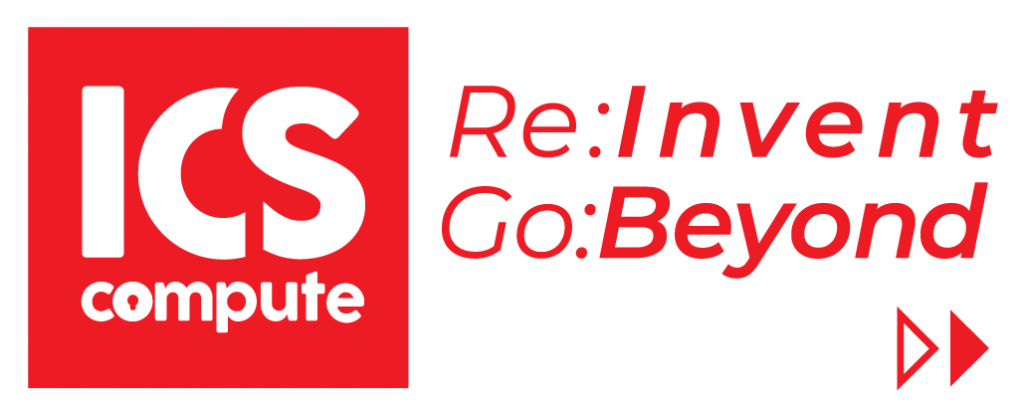CI/CD: Software that’s consistently prepared for creation

What is CI/CD?
CI/CD carries spryness and mechanization to present day application improvement. CI/CD rates up the way toward coordinating and conveying code, assisting with decreasing the rubbing among improvement and activities groups and working with DevOps.
A CI/CD pipeline is quite possibly the main programming conveyance resources for building, testing, and sending current applications. CI/CD fashions an association between an engineer committing code and the conveyance of new usefulness to applications underway. Between these endpoints, the code is incorporated into programming, confirmed with numerous tests, checked against review and security controls, arranged for organization, and, sometimes, consequently sent to creation.

What’s the contrast between continuous integration, continuous delivery, and continuous deployment?
CI/CD by and large alludes to the blend of nonstop incorporation and constant conveyance measures. A CI/CD pipeline may likewise incorporate the connected interaction of nonstop arrangement where that is desirable
Continuous Integration (CI)
CI is the cycle of naturally testing and building programming after new pieces of use code are incorporated into a common vault. This outcomes in application fabricates that are in a functioning state consistently. Unit tests are incorporated as a component of the CI interaction, approving the usefulness of the product, recognizing bugs in advance, and forestalling squandered cycles later.
Continuous delivery (CD)
CD is the way toward conveying applications made in the CI interaction to a creation like climate where they are gotten through extra computerized tests to guarantee every application capacities true to form when pushed to creation conditions and put in the possession of genuine clients. CD additionally guarantees the most recent form associates with other programming and applications as planned.
Continuous deployment
Ceaseless conveyance isn’t to be mistaken for nonstop organization, which is a discretionary, resulting step in which code is consequently sent to creation in the wake of going through the CI/CD interaction. A fruitful CI/CD pipeline brings about forms that are consistently prepared to send to creation, either physically or through a robotized constant arrangement measure. Sometimes, persistent sending is the right methodology, yet in different cases you might need to deliver code to creation on an alternate rhythm (say, for instance, in light of the capacity of clients to retain new highlights without being overpowered).

Why CI / CD is Important
There are several points that show that CI / CD is important for companies, namely:
- CI / CD can deploy the software on demand based on business requirements.
- CI / CD can reduce the risk of software malfunctioning in production.
- CI / CD can make rapid iteration based on real customer feedback.
- CI / CD can recover faster when a failure occurs.
Big Difference Between CI / CD and Traditional Development
When compared to traditional development, here are a few things that you should understand:
CI / CD
- Software is developed iteratively (iteratively) in small pieces based on frequent user feedback.
- Tests are written during and applied throughout the development process to ensure quality application code.
- Security patches and bug fixes are quick to use via automation.
- New application code is often integrated with the existing codebase and tested to ensure the software is always ready for production use.
Traditional Development
- Software is developed in large and complex units with less timely user feedback.
- The software is handed over to the QA team for testing after the development process
- Security patches and bug fixes are delivered in large numbers at irregular intervals, or immediately via manual exception processes.
- New application code is rarely integrated with the software, and usually only prior to deployment that occurs in a predefined release window.
Hopefully this information is useful for you and your company.


